This is a standard 14″ open-frame rack with tubular bars. The second bar is an SMC Heavy Duty extra thick grooved bar to help keep the rope tracking down the center of the rack.
If a Maillon Rapide is preferred for the connector to the harness, a G-080-SS will fit over the rack eye.
Why use a 90 degree rack vs a straight rack & what’s the difference?
John Cole, inventor of the rack, designed it to be oriented so the user is staring straight down at the ends of the bars, not looking at them from the the side. There is a very popular idea in place in today’s world with thinking that racks need to be turned to the left or the right. In fact, racks are correctly oriented when the open leg is facing down & out away from the user. This orientation facilitates easy changing of the bars by swinging the rope side to side, as opposed to the front & back motion necessary if the rack is improperly oriented. When extreme rope weight is encountered, such as during a drop like El Capitan, the user will then fully comprehend the necessity to properly orient their rack as it was designed.
Who needs it?
– Users with a vertically aligned attachment point, such as a rock climbing harness with a belay loop (as shown in the picture above on the left), need to use a regular rack. This is because when the rack is attached with a carabiner to the belay loop (like it is supposed to), once weight is applied, the rack will orient correctly, with the user looking straight down the ends of the bars from the side of the rack.
– Users with a perpendicular attachment point, such as a program harness or a 2-point Frogger’s harness (as shown in the picture above on the right), or a harness with a metal D-ring attachment need to use a 90 degree twisted rack. This is because when the attachment carabiner for the rack is clipped onto the harness attachment point & weight is applied, the rack will then be correctly oriented.

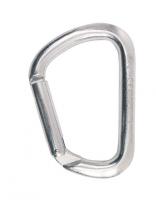


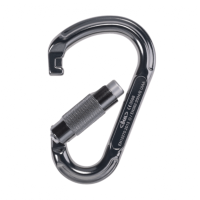
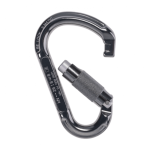
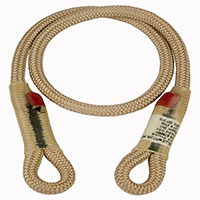

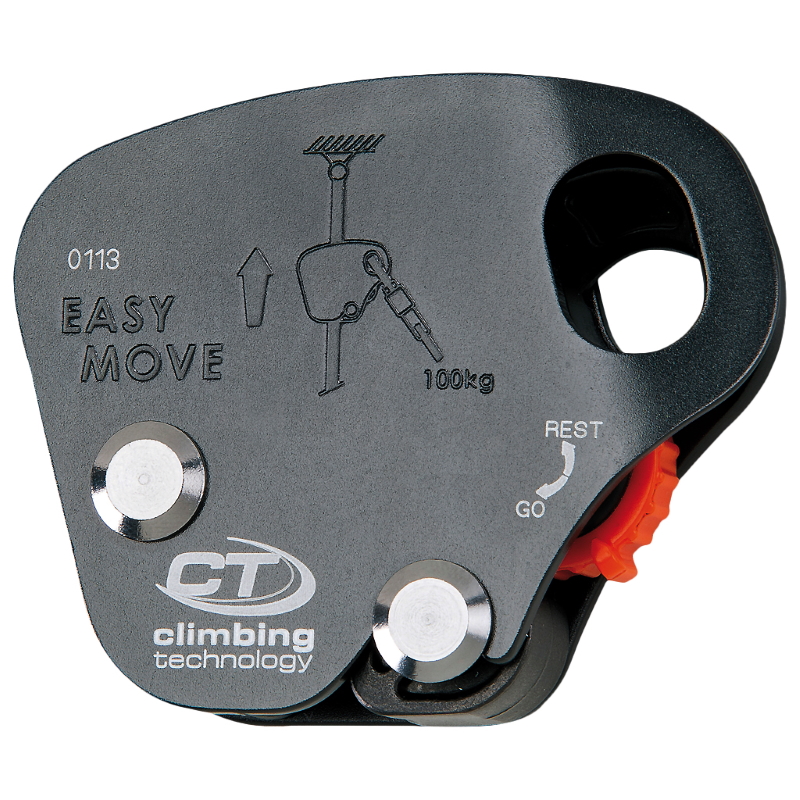



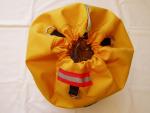

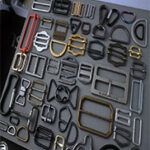


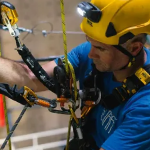
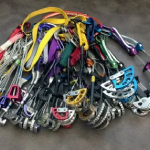

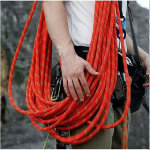


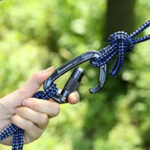
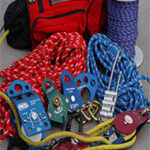
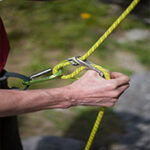



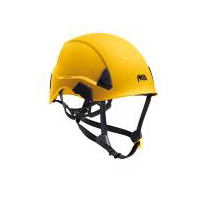

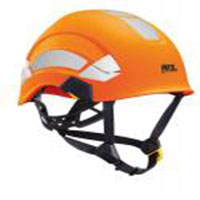
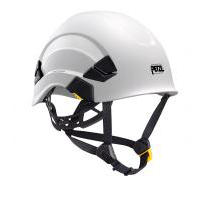
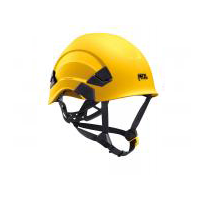
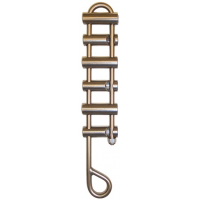
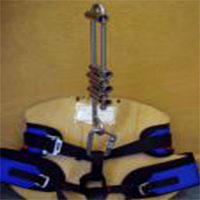
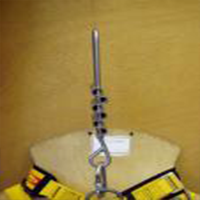
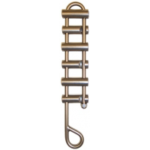
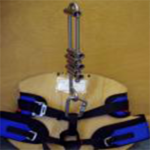

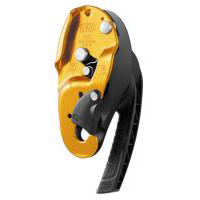
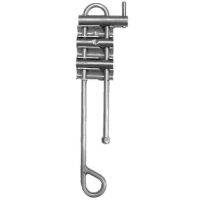


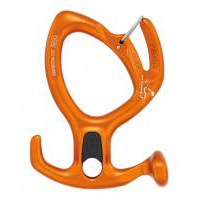

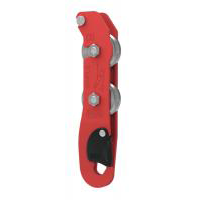
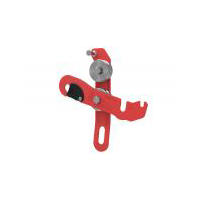




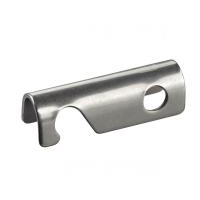
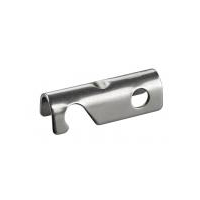

Reviews
There are no reviews yet.